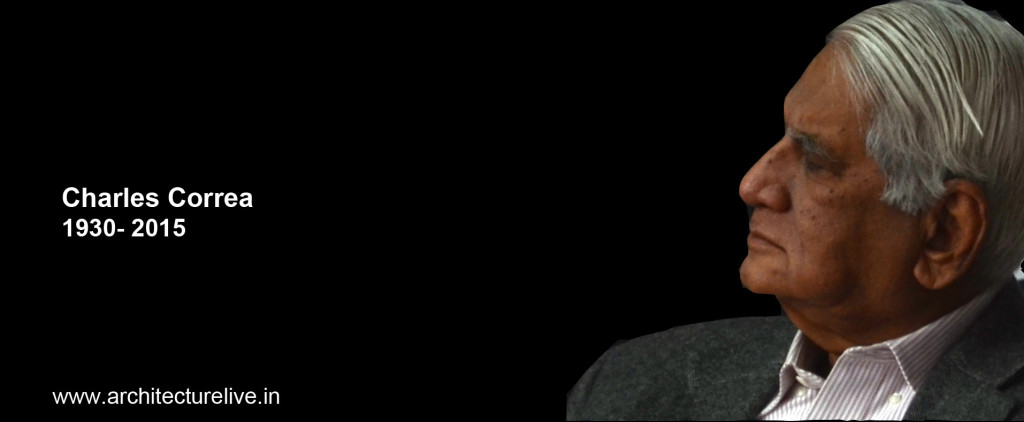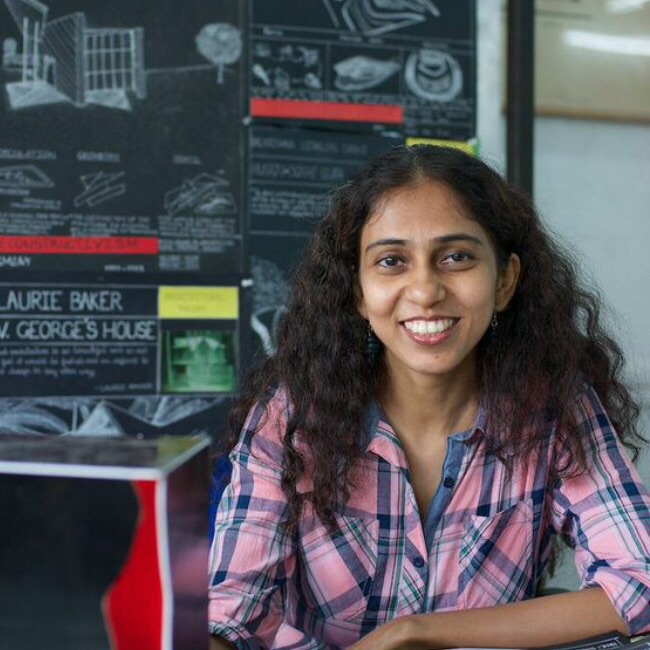Charles Correa, legendary architect from India passed away yesterday night at the age of 84. Behind he has left immense inspiration in the form of his masterpieces like Jawahar Kala Kendra – Jaipur, Bharat Bhavan – Bhopal, LIC Building at New Delhi and many more, for all of us architects and designers and many future generations. Below, Minaz Ansari, pays a tribute to the Master Architect Charles Correa.

“Charles Correa delved deep into our architectural heritage to create our present architectural identity. He taught us how to respect our past to design our future… He showed us through his design approach how to respond to the elements. His designs created connections between the earth and the sky, between the past and the present, between built space and the universe outside of it.
He showed us that abundant beauty can be found in materials around us; that simplicity is a beautiful language of expression. He found delight in the beauty of nature; the tantalising patterns that light and shadow can create. He explored the magic of pure geometry; proving that the essence of a building lies not in the built form but the voids that are created in the process…
He designed for people, known and unknown, and created architecture that responded to their needs. His concerns for the design of a city and its inhabitants resonated with his wisdom and humane approach…
ARCHITECT CHARLES MARK CORREA (1930 – 2015)
His legacy continues in the spaces he designed, the books he wrote and in the millions of young minds he continues to inspire.
Thank you Sir, for leaving behind many a place in the shade.
 Minaz Ansari is an architect, writer and educator who has worked in the industry for over a decade in various roles. Her passions beside architecture include writing and teaching and currently she is pursuing both with great fervour. Over the years Minaz has written for various publications and her first book is to be published soon. She currently lives in Mumbai and teaches at the Rizvi College of Architecture, Mumbai.
Minaz Ansari is an architect, writer and educator who has worked in the industry for over a decade in various roles. Her passions beside architecture include writing and teaching and currently she is pursuing both with great fervour. Over the years Minaz has written for various publications and her first book is to be published soon. She currently lives in Mumbai and teaches at the Rizvi College of Architecture, Mumbai.
Photo: Sebastian Zachariah










One Response
Sad to know demise of great architect. I remember presentation his team gave to us seniors of Mahindra R & D at Nashik in 90s for concept design of new R & D.